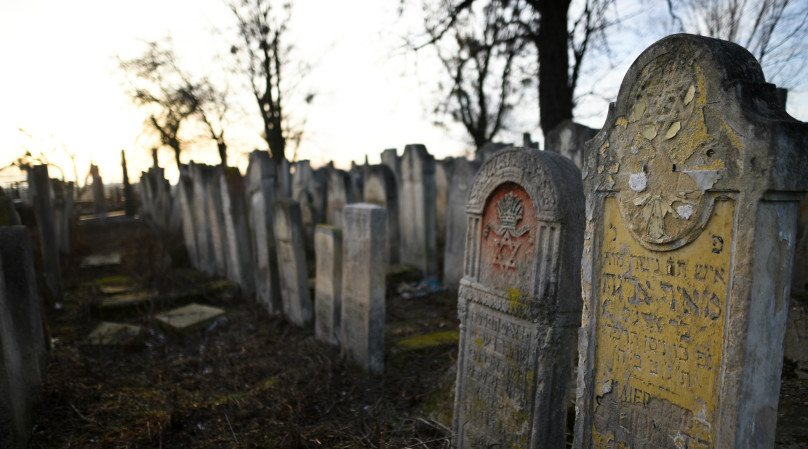Exploring Plimoth Patuxet: A Historian’s Journey Through America’s Founding Story
As a historian with a passion for transatlantic journeys, I was drawn to the Plimoth Patuxet experience. Join me as I explore the Pilgrim Village, the Mayflower II, and the Plimoth Grist Mill, uncovering the stories of America’s early settlers.
A Journey Through Time: The Pilgrim Village
As a former professor of European history, I have always been fascinated by the transatlantic journeys that shaped the modern world. My recent visit to Plimoth Patuxet was a delightful immersion into the early days of American history. The Pilgrim Village, a recreation of the 17th-century English settlement, was a highlight of the trip. Although not located on the original site, the village is a meticulously crafted representation of the early colonial life.
The historic actors, dressed in period clothing, brought the past to life with their engaging performances. Each house in the village had an actor who stayed in character, answering questions about the daily life of the settlers. It was a fascinating experience to move from house to house, learning about the challenges and triumphs of the early colonists. The actors’ dedication to their roles made the village feel alive, offering a glimpse into a world that existed over 400 years ago.
Sailing Back in Time: The Mayflower II
After exploring the village, my wife and I made our way to the Mayflower II, docked at the picturesque Plymouth Harbor. This exact replica of the original Mayflower, built in England and sailed to America in the 1950s, is a floating museum that offers a unique perspective on the Pilgrims’ journey. The guides on board were incredibly knowledgeable, sharing stories of the 66-day voyage from England and the navigational challenges faced by the Pilgrims.
Standing on the deck, I could almost feel the salty breeze of the Atlantic and imagine the cramped conditions endured by the passengers. The ship’s construction, with its wooden pegs and string navigation, was a testament to the ingenuity and resilience of the early settlers. The Mayflower II is not just a replica; it is a symbol of the courage and determination that defined the Pilgrims’ journey.
The Plimoth Grist Mill: A Step Back in Time
Our final stop was the Plimoth Grist Mill, a working reproduction of the mill built by Pilgrim John Jenney. Located in historic downtown Plymouth, the mill offers a glimpse into the early industrial efforts of the settlers. Although the mill is a reconstruction from the 1980s, it provides an educational experience about the operations of a water-powered mill and the ecology of Town Brook.
While the mill may not have been as captivating as the village or the Mayflower II, it was still an interesting stop. The immersive exhibits allowed us to try our hand at milling, and the retail store offered freshly stone-ground cornmeal and grits. It was a fitting end to a day filled with historical exploration, providing a deeper understanding of the settlers’ resourcefulness and adaptability.
In conclusion, Plimoth Patuxet offers a rich tapestry of experiences that transport visitors back to the founding days of America. From the lively Pilgrim Village to the historic Mayflower II and the educational Grist Mill, each location provides a unique insight into the lives of the early settlers. For anyone with an interest in history, this is a journey worth taking.








































